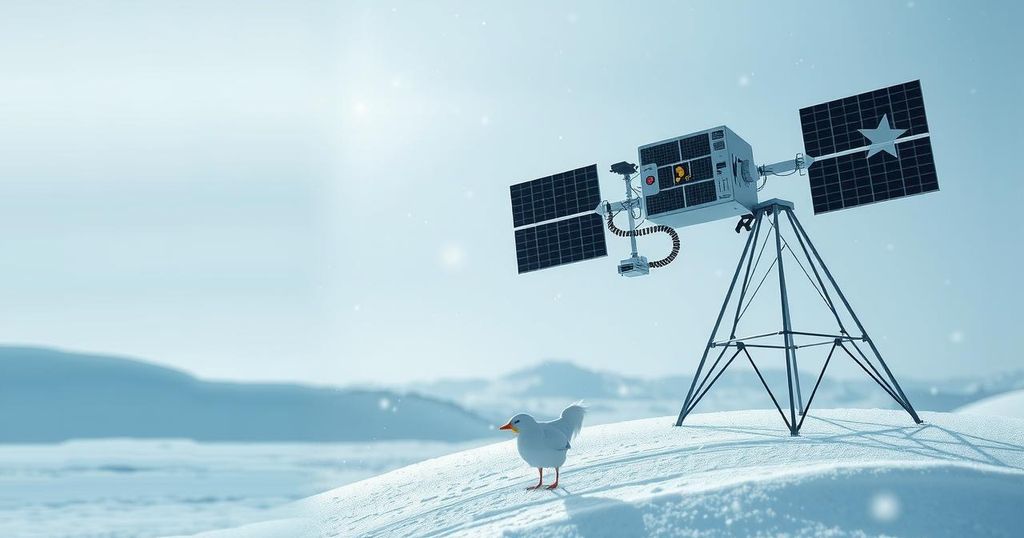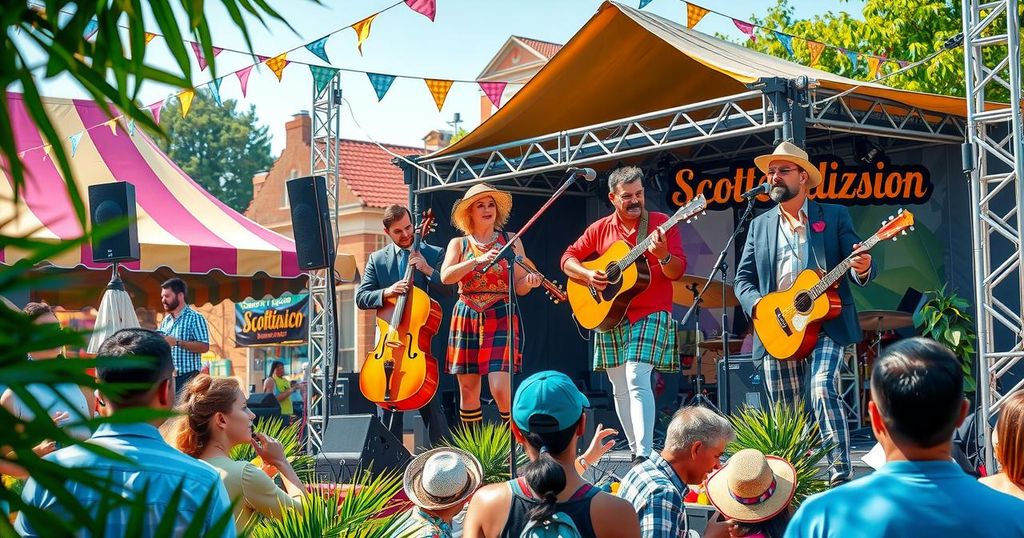AI in Weather Photography Raises Concerns Years After ‘Snowpocalypse’
The article reflects on the “Snowpocalypse” storm that hit the Triangle area in 2014, detailing the impacts of the storm and how social media played a role in public reaction. It also discusses the rise of artificial intelligence in creating realistic weather photos that complicate the distinction between real and generated images, prompting the need for a critical approach to visual content.
Over a decade has passed since the pivotal winter storm, termed “Snowpocalypse,” struck the Triangle on February 12, 2014. Labelled as a classic snowstorm for North Carolina, this event was characterized by ideal conditions with high pressure providing cold air and low pressure supplying moisture. Snow fell at an unprecedented rate of up to one inch per hour, leading to early school dismissals and resulting in severe traffic congestion throughout the area.
Within a mere hour, roads became mired in gridlock with vehicles trapped in accumulating snow. The Triangle received a total of four to five inches of snow before transitioning into sleet and freezing rain, creating a perilous icy layer on the snow. As the day turned into night, social media surged with reactions, transforming raw weather experiences into a wave of memes, marking a significant moment in the evolution of internet culture.
One notable image from the incident captured by Lindsay Webb depicted abandoned cars, a fire in the background, and a tense individual on the phone. This incident epitomized the growing influence of social media during that time, allowing users to share experiences widely and create memes that connected people. Distinguishing between fact and fiction was relatively straightforward due to the authenticity of many images shared.
Peter Forister, a prominent photographer and storm chaser, has observed a marked evolution in weather photography as artificial intelligence (A.I.) has proliferated. A.I. image generation has rapidly developed in recent years, with advanced models learning to emulate existing images, complicating matters for casual viewers trying to determine authenticity during significant weather events.
Forister noted that A.I. has increasingly contributed to the proliferation of seemingly realistic but fabricated images, especially on social media. He cites examples such as photos featuring individuals in boats, with meticulously styled hair and dogs presented in a contrived manner. A clear warning Forister provided is to remain aware of the “plastic” quality often seen in A.I.-generated images, underscoring the necessity for critical scrutiny of online visual content.
In summary, the significant snowfall event known as “Snowpocalypse” remains a pivotal memory for the Triangle, illustrating both the havoc wrought by extreme weather and the rapid evolution of social media culture. Furthermore, the rise of artificial intelligence in image generation presents new challenges in discerning authenticity in weather-related photography. As such, it is imperative for individuals to develop a critical eye towards digital images, especially during major weather events in our increasingly digital world.
Original Source: www.wral.com




Post Comment